Thoughts, strategies, and trends in e-learning.
Key strategies and benefits of learner-centered design
This learner-centered approach is meant to help you design for successful learning environments and tailor it to your intended audience: the learners. So where does it start? With developing a strong understanding of the learner.
Exploring the benefits and alternatives of cohort-based learning for online environments
How can we hold onto the part of learning that is important to so many of us – the human connection? How can learning continue to be a social learning experience? One way to maintain this essence is by adopting cohort-based learning.
Pre-made, adaptable, or custom eLearning, which is best for our organization?
As an organization looking to offer new learning opportunities to staff, members or other stakeholders, you’re bound to come to the crossroads where you consider your options for course development – 1) pre-made, out-of-the-box courseware, 2) customizable courseware and 3) custom courseware.
3 Canadian nonprofit toolkits to be inspired by
A toolkit is a kind of knowledge product developed through learning design. How can nonprofit organizations use toolkits to support communities and individuals and enable them to act? Here we shed light on just that and share some Canadian nonprofit examples you can be inspired by.
What do elearning, blended learning, and microlearning courses look like?
Selecting the right learning delivery format for your learners and learning objectives is key. Each approach – eLearning, blended learning and microlearning – have unique characteristics that can help define when their use is appropriate. Each format can be the best learning delivery format – it all depends on the context of your course.
Debating the right time to use asynchronous and synchronous learning?
E-learning can be presented in the form of asynchronous, synchronous or hybrid learning. Selecting the right approach when considering digital learning development can make all the difference in making sure that your course is designed to properly engage your audience and effectively meet their learning needs.







